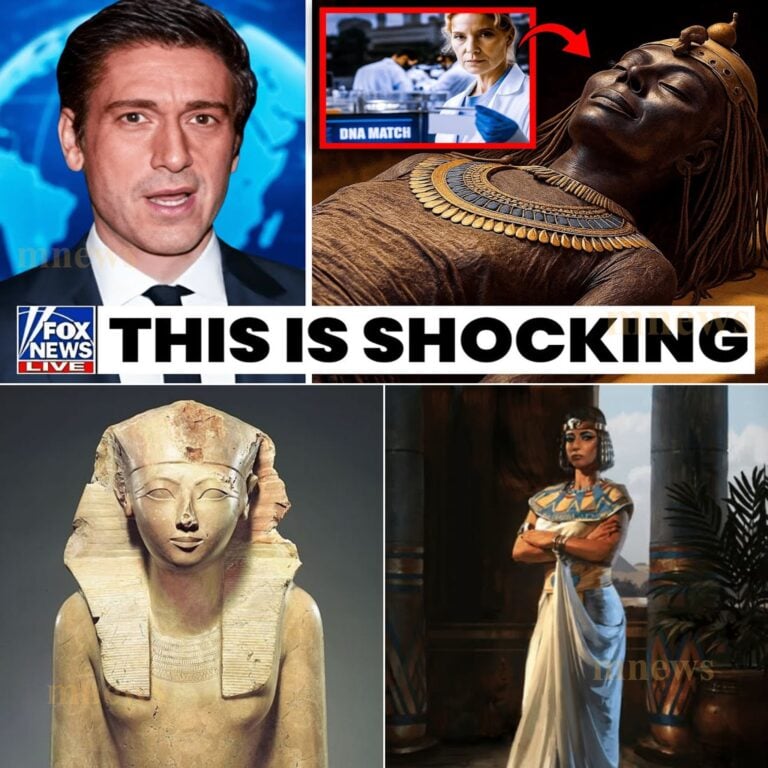The discovery that was meant to settle one of England’s greatest mysteries has instead detonated a revelation so shocking it could rewrite the very history of the British crown.

In a revelation shaking both the scientific and royal worlds, the DNA analysis of King Richard III’s remains — unearthed from beneath a Leicester car park — has revealed a scandalous secret buried deep within England’s royal lineage. What began as a routine genealogical verification has exploded into what experts now call “the greatest dynastic crisis in British history.”
The data, confirmed by Professor Tur King and her research team, revealed a genetic bombshell:
While Richard’s maternal DNA perfectly matches living descendants, his paternal DNA does not. The Y chromosome expected to match his royal lineage — passed down through centuries of kings — was nowhere to be found. Instead, Richard’s genetic signature belongs to a rare haplogroup, G-P287, found in less than 1% of the British population.
By contrast, all five living male-line descendants of the supposed royal branch — the Dukes of Beaufort, tracing back to Edward III — belong to an entirely different haplogroup: R1B-U152.
“It’s not a lab error,” said Professor King, visibly shaken. “The data is clear. Somewhere in the royal family tree, the bloodline was broken — and someone wasn’t who history said they were.”
The implications are seismic. If the break occurred before Richard’s time, it could mean that the entire line of Lancasters — including Henry IV, Henry V, and even Henry VIII — may not have been legitimate heirs to the throne. But if the break happened earlier — during the reign of Edward III or his son John of Gaunt — then every monarch descending from them, including the Tudors and the current Windsor dynasty, could be based on a lie.
And the plot only thickens. A classified internal report, leaked from the University of Leicester archives, allegedly describes a “second genetic anomaly” — an unidentified mutation in Richard’s DNA that does not correspond to any modern European lineage. Some have speculated that this anomaly could indicate a foreign or even deliberately altered bloodline, raising dark whispers about medieval tampering with royal succession.
Adding to the intrigue, one of the supposed Beaufort descendants tested separately in a private study in 2024 was found to belong to a third haplogroup altogether, suggesting a pattern of false paternity events hidden over generations — possibly through court intrigues, affairs, or political manipulation during the Wars of the Roses.

“The genetic evidence suggests more than one deception,” an anonymous royal historian told The Guardian. “This isn’t just one broken link — it’s a chain of lies spanning centuries.”
If verified, these revelations could delegitimize the claims of entire dynasties, meaning that England’s true monarch — by blood — might not be a Windsor at all. Some historians have already identified a surviving noble family in northern France whose genetic profile reportedly aligns more closely with Richard’s DNA than that of any known British line.
And there’s one final twist: during reanalysis of bone tissue, researchers reportedly found traces of an unknown metallic compound within Richard’s remains — a substance not native to 15th-century England. Speculation runs rampant that it could point to deliberate poisoning, possibly orchestrated to silence a royal secret before it could be exposed.





